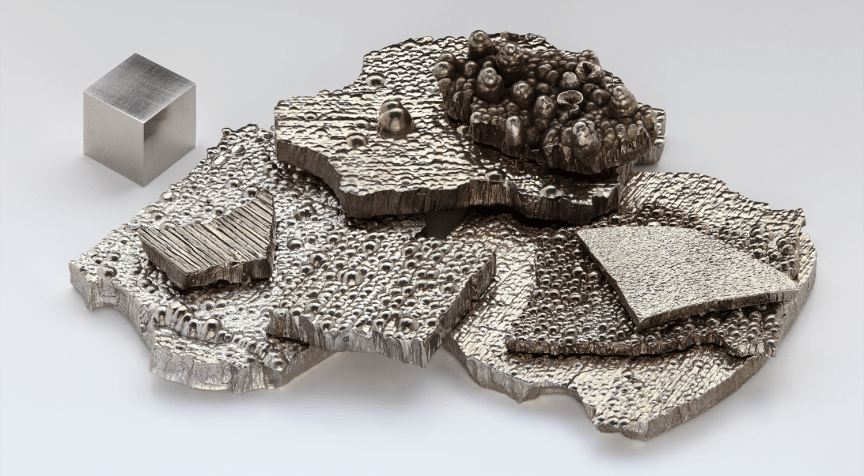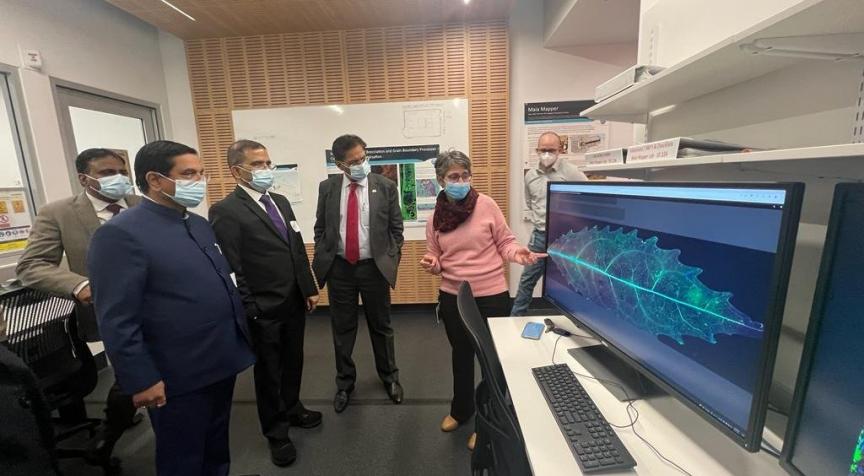India - Critical minerals overview
Country profile
- The United States Geological Survey’s Mineral Commodity Summaries 2024 ranked India as the 6th largest rare earths producer in the world.
- The Critical Non-Fuel Mineral Resources for India’s Manufacturing Sector report, jointly prepared by the Department of Science and Technology, Government of India, and the Council on Energy, Environment, and Water, underlines the essentiality of critical minerals supply for India’s ambitious ‘Make in India’ initiative. It also states that India has identified 12 critical minerals as strategic for building its domestic manufacturing capability.
Policies and initiatives
- The National Geoscience Data Repository is being set up by the Geological Survey of India to aid mineral exploration and exploitation.
- The Mines and Minerals (Development and Regulation) Amendment Act 2021, and The Mineral Laws (Amendment) Act 2020 both amend the Mines and Minerals (Development and Regulation) Act 1957 (MMDR Act). The 2021 Amendment Act builds on its predecessor by removing the distinction between captive and non-captive mines, allowing existing captive mines to sell 50% of their production, and allowing the Centre to step in if States are unable to conduct auctions. These amendments together with the Coal Mines (Special Provisions) Act, 2015 (CMSP Act) aim to increase competition, get more firms to mine, increase the ease of doing business in the sector, and make it easier for firms and States to operate.
- The National Mineral Policy, 2019 in conjunction with the National Minerals Exploration Policy, 2016, aims to have an effective, meaningful and implementable policy that brings in further transparency, better regulation and enforcement, balanced social and economic growth as well as sustainable mining practices.
- In 2019, three of India’s Public Sector Enterprises entered into a Joint Venture named Khanij Bidesh India Ltd. (KABIL) to ensure a consistent supply of critical and strategic minerals to the Indian domestic market.
- The National Mineral Exploration Trust (NMET) was set up in 2015 to expedite mineral exploration in the country, with an emphasis on critical and strategic minerals.
- The 12th Planning Commission in 2011 introduced a Working Group on Mineral Exploration and Development (Other than Coal and Lignite) which focused on critical minerals and flagged sectoral issues.
- India has set its renewable energy targets at 175 GW by 2022, and this, coupled with the National Mission on Transformative Mobility and Battery Storage, is expected to drive the demand for critical minerals.
Governance structure
There exists dual jurisdiction on minerals resources in India, where “major minerals” come under the jurisdiction of the Union Government, while for “minor minerals”, State governments have the power to make rules and regulations with regard to concessions in the extraction of minor minerals and to levy and collection of royalties. Critical minerals fall under the purview of “major minerals”, and thus come under the Union’s jurisdiction. Most of India’s present production of rare earths come from the processing of Monazite sands in Kerala, which is a State Monopoly of the Department of Atomic Energy (DAE). Any processing of beach sands for critical minerals processing requires a license from the DAE. Except for beach sands, other minerals require licenses from the Ministry of Mines as well as due clearances from the Ministry of Environment, Forest, and Climate Change.



